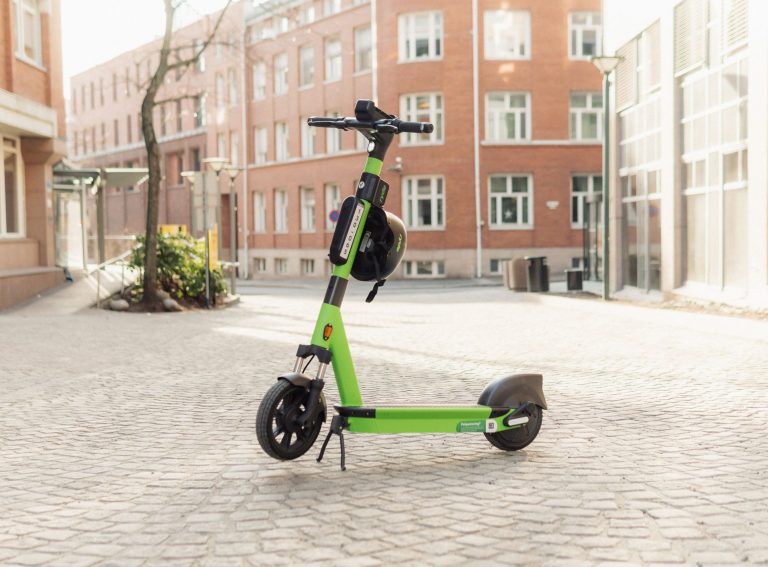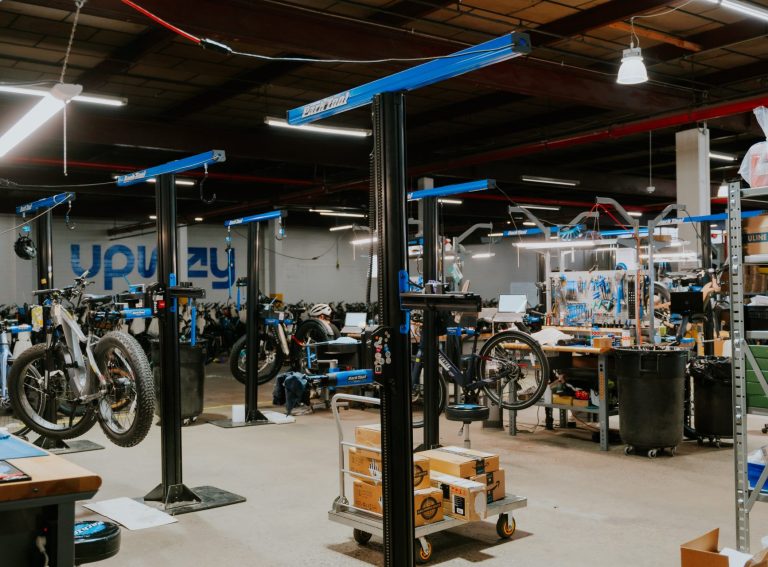By Zag industry expert Lars Christian Grødem-Olsen, an Advisor for Movability on new mobility and former Country Manager at Tier.
Norway has certainly made a name for itself as a world-leader in the sale of electric cars.
But while the government has been generous with incentives to swap gas-powered cars with electric ones, we’ve seen growing debate on whether subsidising this private car use – even if it is electric – is enough to tackle climate change.
Bernt Reitan Jenssen, CEO of Oslo and Akershus’ public transport authority Ruter, says it isn’t. Having led the transport company since 2008, Bernt works with Ruter to offer a transportation system that gives users the same convenience of a car without the need to own one.
Zag: Ruter is the public transport authority for Oslo and Norway, but it started as a private company. As CEO, you made some comments in the media about electric car subsidies last year. Could you revisit some of that?
Jenssen: “There’s no question we need to get rid of fossil cars. I’m not even sure we’re there yet, so let’s wait until we cross the finish line, but if we should consider something more, it is subsidising the sharing of electric cars too. If not, there will be 17% more traffic.
“However, we need to set clear goals on a government-level to reduce private car ownership, and say that is one of our goals. Put in the National Transport Plan, let’s not increase the volume of cars in Norway anymore, but manage with fewer cars than we do today. We can talk about how to adjust the subsidies, but first, we must agree that buying fewer cars is a goal. I don’t think it actually says that anywhere.”
Zag: It seems like it would be much more cost-effective to subsidise sharing than to subsidise purchasing.
Jenssen: “Yes, it also leads to less use of infrastructure with fewer resources. The next major challenge, in my opinion, is addressing the environmental impact of manufacturing an increasing number of pollution-free cars. Norwegians are world champions in buying pollution-free cars, but the production of vehicles, even emissions-free ones, strain the Earth’s resources and the economics are just wasteful.”
Zag: What is the challenge Ruter is facing in Norway to this end?
Jenssen: “The challenge is people buying cars and not using them. A car is a solution not to transportation, but of having access to transportation. You don’t buy a car to drive it, you buy it to be able to drive it. If we are to compete with cars in a way that helps us reach the tipping point to stop buying cars, we need to provide a “near-personal car” experience. We need a transportation system that offers the same or better freedom of movement without the inefficiencies of individual car ownership.”
Zag: Can you say more about what it will take to disrupt the relationship people have with their cars?
Jenssen: “We want to offer people an alternative so they can live their lives with a much lower carbon footprint. We’re calling this a “timely competent proposal.” Timely because if it’s too early, it’s annoying; if it’s too late, it’s irrelevant. Competent means using data to understand what customers need. Proposal, means you give people a choice.
“Say you wake up, it snowed the night before and you have an important meeting. We saw your calendar and have already created a new travel plan for you, with a safety margin accounting for some unpredictability. We understood what you needed to do (get to your meeting) and woke you up 15 minutes earlier so you could make it, because you gave us permission to deliver that message in this situation.
“To be trustworthy, you also have to present the entire offer. Customers shouldn’t need to check another app to see all the available solutions. Our app also includes the ferry and micromobility. It’s about creating a competent marketplace that gives customers the freedom to choose, and ultimately freedom of movement.”
Zag: This describes the front end, or what customers experience. What does progress on the backend look like?
Jenssen: “We see autonomous vehicles as an opportunity to reduce costs, increase shared vehicles, and provide a better near-personal car experience without more cars. The technology we’ve had is calculating future demand, setting up timetables, running on fixed frequencies – which depends on user competence to understand the system.
“Now, we know exactly how many people are about to set off within the next hour because it’s in their calendars. What if we identify small groups with similar routes and create a personalised bus route that runs just once with those specific passengers? Then you don’t need 60 people to do cost-sharing work, and it gives people that “near-car” experience.
“We use between 3-5% of the capacity of the Norwegian infrastructure but insist on building more based on a few hours of traffic jams without thinking about how many people are in the vehicles we are making space for.”
Zag: These seem like innovations that Ruter is uniquely positioned to accomplish.
Jenssen: “Exactly. We have trust in the platform, we are a public company, owned by our customers. If it doesn’t work, we can say we tried. Maybe by then the world will have moved and we can build more features than we could have had five years ago.”
Zag: Is it Ruter’s role to address market imbalances as it did with buses and car-sharing in Oslo?
Jenssen: “We’re lucky that we have the historical transport data and customer base to try new things and make realistic experiments, and we should use that because the problem is too serious not to use our best tools. Ruter is also a good tool for opening up commercial demand. We get the market on board and involve innovative suppliers who create the services. Then our job is ensuring that the sustainable parts of this market have the best conditions for competition and appear as attractive as possible to the customers.”
Zag: We are seeing growth in alternative modes like micromobility slowing down in the private market, which isn’t enjoying the margins buses and trains had 100-150 years ago. How should we be talking about sustainable funding?
Jenssen: “In Oslo-Akershus, households spend around 74 billion NOK (£5.5 billion) yearly on mobility. Shifting focus to replace the less-loved second car (25% of the market) with a superior transport system could tap into a 6-8 billion NOK (£450 million – £602 million) market. There’s willingness to pay, but we have to close the distance between what we deliver and what customers want. We cannot start by saying this should cost the community more money. We say what it takes to deliver something that competes with the experience the car provides. In a way that ensures revenue to pay for a larger share of it. That’s where I choose to be optimistic.”





